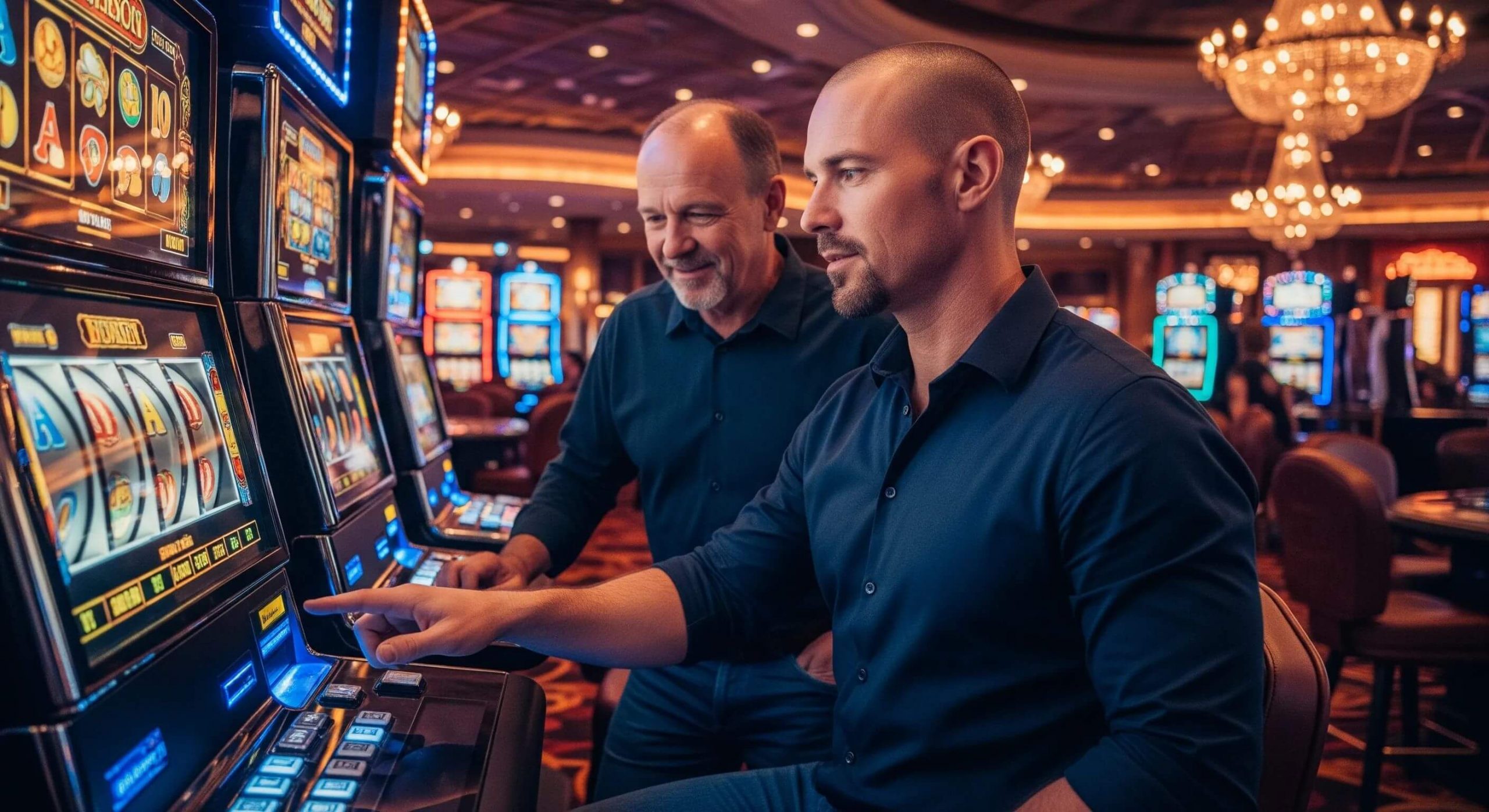
How casino algorithms personalize player experiences

Ask any old-school pit boss what drove the floor in the heyday of brick-and-mortar casinos and they’ll tell you it was gut instinct — reading a player’s body language, walking comp charts, and a memory sharp as a cleaver. Fast forward to today, and you’d struggle to find a roulette wheel that isn’t microchipped or a rewards scheme untouched by big data. We’re in the algorithm age now, where decisions aren’t made by men in tuxedos, but by lines of code engineered to anticipate every tap, swipe, and wager you make. And if you think that means the human touch is gone, you’d be sorely mistaken. These algorithms aren’t just cold number crunchers — they’ve got tact, too. Let’s break down how the big boys of this business tailor gaming journeys that feel unexpectedly personal.
Understanding the player DNA
Most amateurs assume casino algorithms only track wins and losses — that’s like saying poker is all about the cards. In reality, these systems capture a digital fingerprint based on playstyle, time spent at specific titles, inconsistencies in betting patterns, and volatility tolerance. It’s not just that a player bets £2 on slots — it’s that they do so after five spins on a high-volatility Aristocrat title, switch to blackjack after twenty minutes, and always claim bonuses within five hours of log-in. Advanced platforms like those used by Queen Vegas now use machine learning models that can process hundreds of these micro-behaviours to segment players with uncanny precision.
Trigger-based engagement systems
Behind the curtain, casinos run on real-time event trackers. Say a player logs in three times in under 48 hours and opens the same progressive jackpot slot each time without depositing — that’s a flag. The system might drop a custom bonus or notify a CRM agent to reach out with a targeted incentive. It isn’t random. It’s all calculated from user-defined triggers that’ve been A/B tested to the gills. These aren’t amateur tweaks — we’re talking about months of data collection for minute optimisations, built to create environments that feel enticingly familiar yet slightly unpredictable.
Customising gameplay and recommendations
Another misconception I often see battered around is that game recommendations on online casinos are just glorified advert placements. Not so. These lists are fuelled by collaborative filtering algorithms — the same breed used by Netflix or Spotify. If five thousand users dug a mix of Megaways and branded video slots after playing Book of Dead, and you fit the behavioural profile, you’ll see that lineup nudged your way. Over in Kazakhstan’s gaming market, where regional preferences differ massively, customisation even gets layered with local cultural indicators like preferred themes and interface language to warm player trust and improve early retention.
Real-time volatility adjustment
Now here’s where the sauce really simmers — real-time volatility management. Not in rigging outcomes, mind you (that’s a guaranteed licence suicide), but in adapting available games and promotions to a player’s volatility appetite. A cautious newcomer showing sensitivity to loss might get nudged toward lower variance games with higher RTPs, soft-laced with educational prompts. High-rollers, or sharks we used to call them, get modal suggestions heavy on volatility, streak potential, and dynamic bonuses. It’s a balancing act, almost orchestral, tuning player temperament with engine rhythm. The algorithms manage friction like a croupier smoothing a tense table with a well-timed joke.
Personalised bonuses and loyalty schemes
The days of blanket ‘deposit £10 get £10’ are long gone. Proper operators now tailor bonuses based on deep behavioural analytics, offering free spins on a player’s favourite slot or cashback on high-volatility runs. Loyalty ladders are no longer linear either. They shift and warp based on player stability, margin contribution, and interaction rate. They’re smart enough to calculate churn probability before a user so much as hesitates on a withdrawal screen. One false move, and the platform might serve a retention bonus or deliver content updates to re-stimulate interest. The balancing act here is regulatory — promotions must not target vulnerable players, especially under jurisdictions governed by stricter codes.
The dark side of automation
With all these operational levers, you’d hope every operator behaves, but that’s another kettle of fish. Blind reliance on automation without good player protection logic can backfire, leading to overextension or addiction triggers. Algorithms aren’t inherently ethical — developers have to hard-code responsibility measures into each segment tree. I’ve personally audited algorithms that didn’t cap loss streak bonuses correctly, resulting in red-flag behaviour among a player segment. That’s why legislative frameworks now demand operator-level AI audits. It’s not just good practice — it’s being baked into compliance for most licensed bodies.
A balance between engineering and entertainment
If there’s one thing to take away, it’s that personalisation is no longer a feature — it’s foundational strategy. Yes, algorithms have taken the role of seasoned hosts and front-line floor managers, but only when used with insight, restraint, and a bit of old-school intuition do they truly shine. Personalisation should feel like a gentle nudge from a savvy host, not a cold push from a calculator. Whether players are dipping their toes into free or real money gambling, the architecture behind the scenes must adapt, inform, but never exploit.
At the end of the day, technology should serve the player, not the other way around. It’s easy to get lost in the noise of neural networks and behavioural clustering, but the core remains the same: give players a journey they’ll enjoy, respect their boundaries, and most of all, remember that the best hands dealt are never by chance — but by design.
 Related Blog posts
Related Blog posts

